Description
Eligible Aircraft
| Make |
Series |
Model |
Beginning S/N |
Ending S/N |
Eligibility Chart |
| Grumman |
AA-5 |
AA-5B |
AA5B-0001 |
AA5B-9999999 |
6630 |
| Grumman |
AA-5 |
AG-5B |
10000 |
99999 |
6630 |
| Grumman |
GA-7 |
GA-7 |
0 |
ZZZZZZZZZZZZZZZ |
Q: Do I need to follow AD 84-26-02 if I use your induction air filters?
A: No, our Tempest AeroGuard™ induction air filters are made with a 100% polyester spunbond nonwoven media and don’t need to follow AD 84-26-02. For more information on proper ways to clean and maintain our induction air filters please click on the product literature tab listed above.
Q: Is there a shelf life limit on Tempest AeroGuard™ induction air filters?
A: No, as long as they are stored in normal room temperature conditions and are free from moisture/humidity, dirt/dust and UV exposure there is no shelf life limit on Tempest AeroGuard™ air filters.
Q: Are Tempest AeroGuard™ induction air filters able to be cleaned and reused?
A: Yes, they can be cleaned and reused up to 5 times or 500 flight hours; whichever comes first.
Q: How do can I clean my Tempest AeroGuard™ induction air filter?
A: Compressed air can be used for dusty filters and a detergent/water mixture can be used for heavier contaminants. Do not use hard solvents such as, but not limited to MEK, toluene, acetone, or oily solvents. For complete cleaning instructions read through the cleaning procedures section of our brochure located in the product literature tab above.
Q: Should my Tempest Aero Guard™ induction air filters be inspected before flight.
A: Yes, if your filter is visible from outside the aircraft you should inspect it during your preflight inspection to assure that it is not occluded by foreign material, leaves etc.
Q: Should I apply oil to my Tempest AeroGuard™ induction air filter prior to installation?
A: No, it is not necessary and will clog the filter, rendering it unserviceable.
INSTALLATION INSTRUCTIONS
.1 Inspect the filter and airframe sealing surfaces toensure they are clean and free ofdebris or contaminants.
.2 Install the filter. Pleasenote: the filter must be mounted properly and securely in order to avoid air leaks. Always install the air filter witht h eairflow arrow pointing in the correct direction of airflow.
3. Do Not apply oil to the filter – it is not necessary andWILL clog the filter, rendering it unserviceable.
PREFLIGHT INSPECTION
For filters that are visible from outsidet h eaircraft, such as Cessna 150s and 172s for example, inspect the air filter during the preflight inspection to assure that it is not occluded by foreign material, leaves, etc.
CLEANING
The following cleaning guidelines are for the engine induction air filters only.NO ATTEMPT TO CLEAN INSTRUMENTAIR FILTERS SHOULD BE MADE. REPLACE THEM FI THEY ARE DIRTY OR SUSPECT.
Tempest® induction air filters can be cleaned usingeither compressed air or a mixture of water a n ddetergent. Tempest® recommends use of compressed air when only drydust is present in thefilter. When oil, cleaning solvent,carbon or other contaminants are present, we recommend adetergent and water cleaning.
C o m p r e s s e dA i rC l e a n i n gf o rD u s t yF i l t e r s .1 Use compressed air at 45 psi or less to blow dust from the
filter element. Keep the nozzle at least 1inch away from
the filter to avoid damage to the filter media.
.2 Blow the air through the filter backwards- in the
opposite direction of normal air flow – see the airflow arrow o n the filter label.
.3 Continue blowing air throught h e filter until noevidence of dust or o t h e rcontaminants are being actively removed.
D e t e r g e n t& W a t e rC l e a n i n g
CAUTION – DO NOT USE a pressure washer to clean the filter. Use water from a spigot or hose at approximately 40 psior less. .1 To soften and remove large contaminants, use a hose and
spray nozzle to spray water through the filter backwards- in the opposite directionof normal airflow- see the airflow arrow on the filter label. Keep the nozzle at least 4 inches from the filter to preventdamage to the media.
2.
In aclean container, mix 1/2 to 1ounce of general-purpose detergent such as dish washing liquid per gallon of water.
.3
Place the filter in the solution to soak for at least 15
minutes (agitating periodically)or until contaminants can be sprayed off satisfactorily as described in Step 1. Ift h efiltercannotb ecleanedsatisfactorilyafteran hour or two of soaking- replace it.
4.
Spray the filter until no signs of detergent (bubbles) remain. At this point, you can spray water through the filter in either direction to ensure the detergent
is thoroughly removed.
CLEANING (CONT.)
Detergent& WaterCleaning(Cont.
.5
Allow the filter to dry. Use compressed air (below 45psi) or a fan to speed drying time. A hair dryer, oven or other sourceofheated air may also be used, but the
temperature of theair must be 160° For lower. Don’t put a concentrated heat source such as a light bulb or space heater close enough to thefilter to exceed
160°F at the filter’s surface.
Note: AirFilters should not be washed with hard solvents
such as, but not limitedto, MEK, toluene, acetoneoroily solvents.
I N S P E C T I O N
1. When the filter is dry, hold a bright light behind the filter. Inspect throughly by looking’through’ it towards the light to identify holes, rips, tearsor visual damage to the media.
.2
Inspect the filter for physical damage paying special attention to the gasket (if used) and sealingsurfaces for damage, cracks, tears or missing material that may
.3 4.
prevent satisfactory sealing to the airframe. Ensureall fasteners and cross pins (whereused) are present.
Inspect the filter box for loose parts, adhesive
debonding dents or crack, and the fasteners for
airworthiness condition.
Replace damaged filters.Do not attempt to repair them. Don o t install a damaged filter.
STORAGE
Keep filters stored ina clean enviroment away from dust
and dirt, and where they are protected from physical damage.
SERVICING/REPLACEMENT SCHEDULE
Induction air filters shouldbe replaced after 5cleaningsor 500 flight hours, whichever comes first. They should also be inspected during preflight (where possible), and at 100 hour and annual inspections, or m o r eoften if airplaneis operated in harsh conditions.
An indication of an excessivly dirty induction air filter is that normal high manifold pressure cannot be achieved witht h e engine running at full power. In general, in a normally
aspirated engine, when a 1to 1.5-inch drop in manifold pressure is caused by the air filter, thefilter is considered to beexcessivly ‘dirty’ and should be cleaned orreplaced.Clean the air filter during each 100hour and annual inspections, or whenever needed. Replace damaged air filtersw h e n found at any time.
TEMPEST A E R O G R O U P
www.tempestaero.com Copyright ©2023 Tempest Aero Group
Shipping Countries:
United States (US), Canada

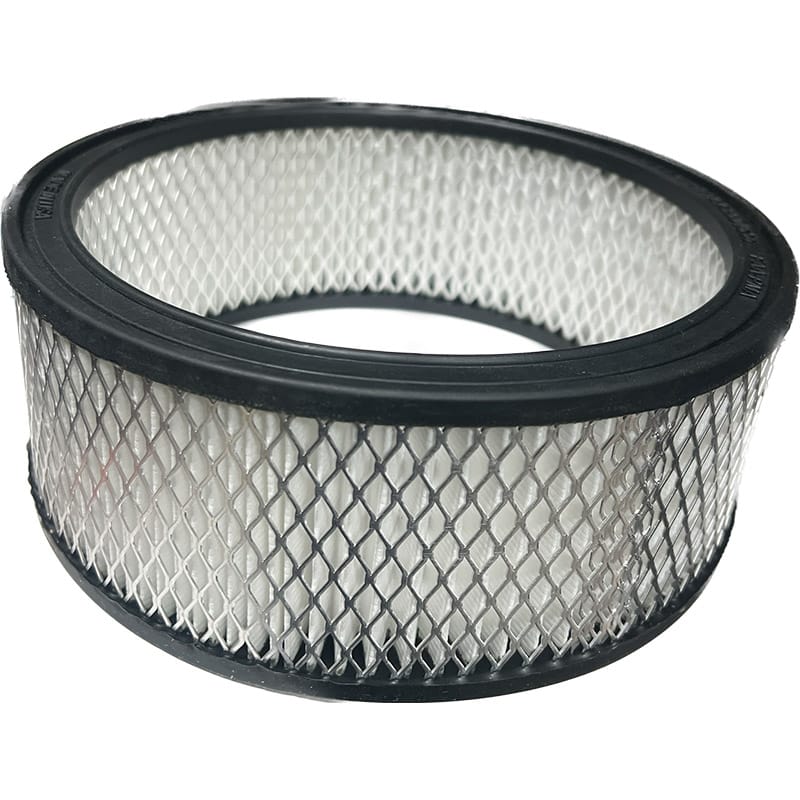
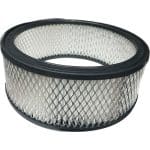
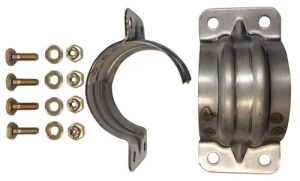
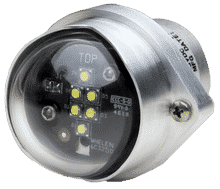
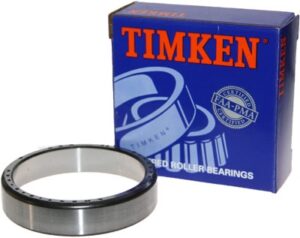

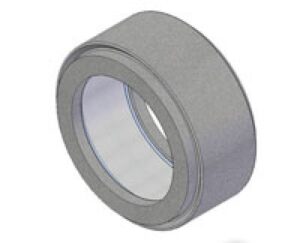
Reviews
There are no reviews yet